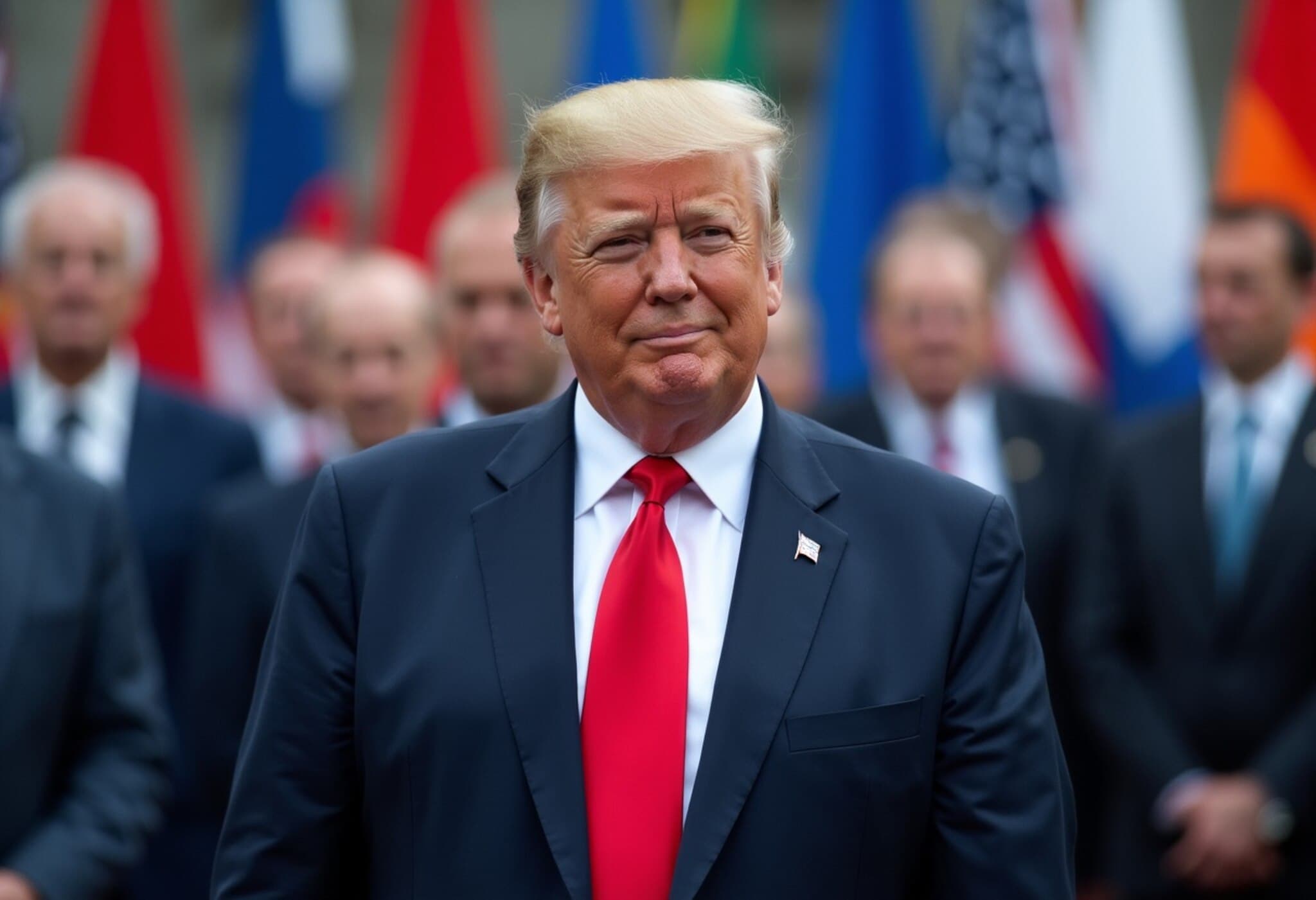NATO Leaders Gather Amid Unease Over Trump’s Role
As NATO convenes in The Hague, all eyes remain fixed on US President Donald Trump. The central question is whether Trump will reaffirm his support for the alliance or once again stir disruption, as seen in previous summits. Fierce anticipation accompanies this crucial gathering, with leaders cautiously optimistic that a carefully planned, brief summit might keep the discussions on track.
Strategic Moves to Secure Trump’s Cooperation
In a notable efforts to secure a cooperative atmosphere, NATO Secretary General Mark Rutte sent President Trump high praise ahead of the summit, calling it "another big success" for the American leader. This flattering message, among others Trump proudly shared during his transatlantic flight, aimed to set a positive tone. Rutte even likened NATO's newly crafted defense spending initiatives to Trump’s recent decisive military actions, highlighting the US airstrikes on Iranian nuclear sites.
Building Consensus on Defense Spending
NATO members are on the brink of approving a robust plan requiring 3.5% of GDP on defense, with an additional 1.5% allocated to broader security areas such as cybersecurity. European Commission President Ursula von der Leyen described this as a “historic” step, signalling a strong commitment to regional security.
This increased spending target is seen as a strategic move to keep Trump engaged — a leader who has long criticized European countries for underinvesting in their own defense, especially since Russia’s invasion of Ukraine in 2022.
Frictions Surface: Spain and Russia Concerns
Spain's hesitant acceptance of the new spending target stirred tensions, with Trump labeling the country's 5% GDP defense goal as "unreasonable." He underscored the vast disparity by noting the US defense budget approaches nearly $1 trillion, while Spain has only just managed to reach NATO’s existing 2% target after significant financial boosts.
Trump warned that unresolved disagreements like Spain’s could jeopardize the summit’s outcomes, signaling ongoing challenges within the alliance.
Uncertainty Surrounding Ukraine and Russia
Despite the firm NATO stance on deterring Russian aggression, Trump’s unpredictable position towards Ukraine continues to raise eyebrows. In fact, Trump has softened his rhetoric toward Russia over time and previously clashed with Ukrainian President Volodymyr Zelensky.
Notably, Zelensky was excluded from the main summit session — condensed to just two and a half hours, reportedly to accommodate Trump's rumored aversion to lengthy meetings — although a private meeting between Trump and Zelensky is planned. Officials are hoping to avoid tensions reminiscent of their prior Oval Office encounter.
Alliance Support Without Membership Promises
NATO Secretary General Rutte reaffirmed unwavering support for Ukraine but emphasized that the alliance will sidestep any discussions about Ukraine’s application for membership, aligning with Trump’s earlier rejection of the idea. This nuanced approach aims to balance solidarity with strategic caution amid global uncertainties.
Conclusion
With the NATO summit unfolding under the shadow of unpredictable US leadership, European allies tread carefully to uphold unity and commitment. The stakes remain high as the alliance navigates defense spending commitments, relations with Russia, and ongoing support for Ukraine — all against the backdrop of a summit carefully tailored to manage Trump’s unique diplomatic style.

